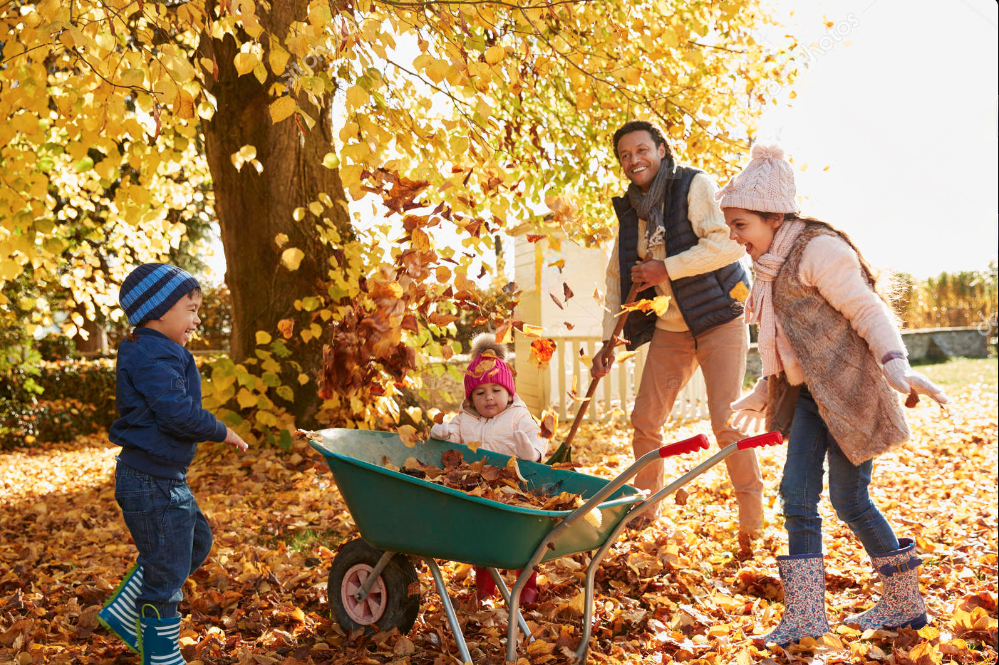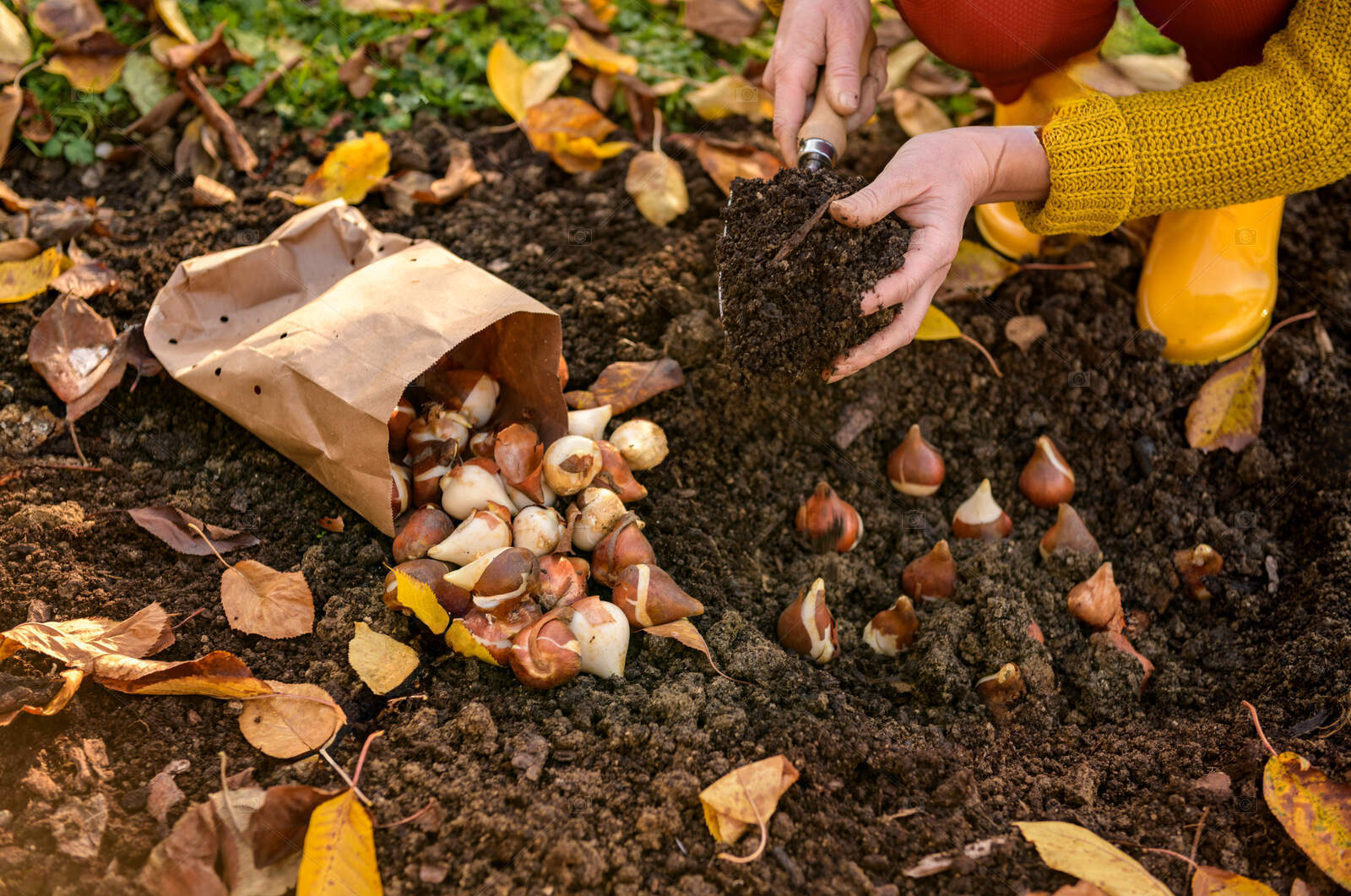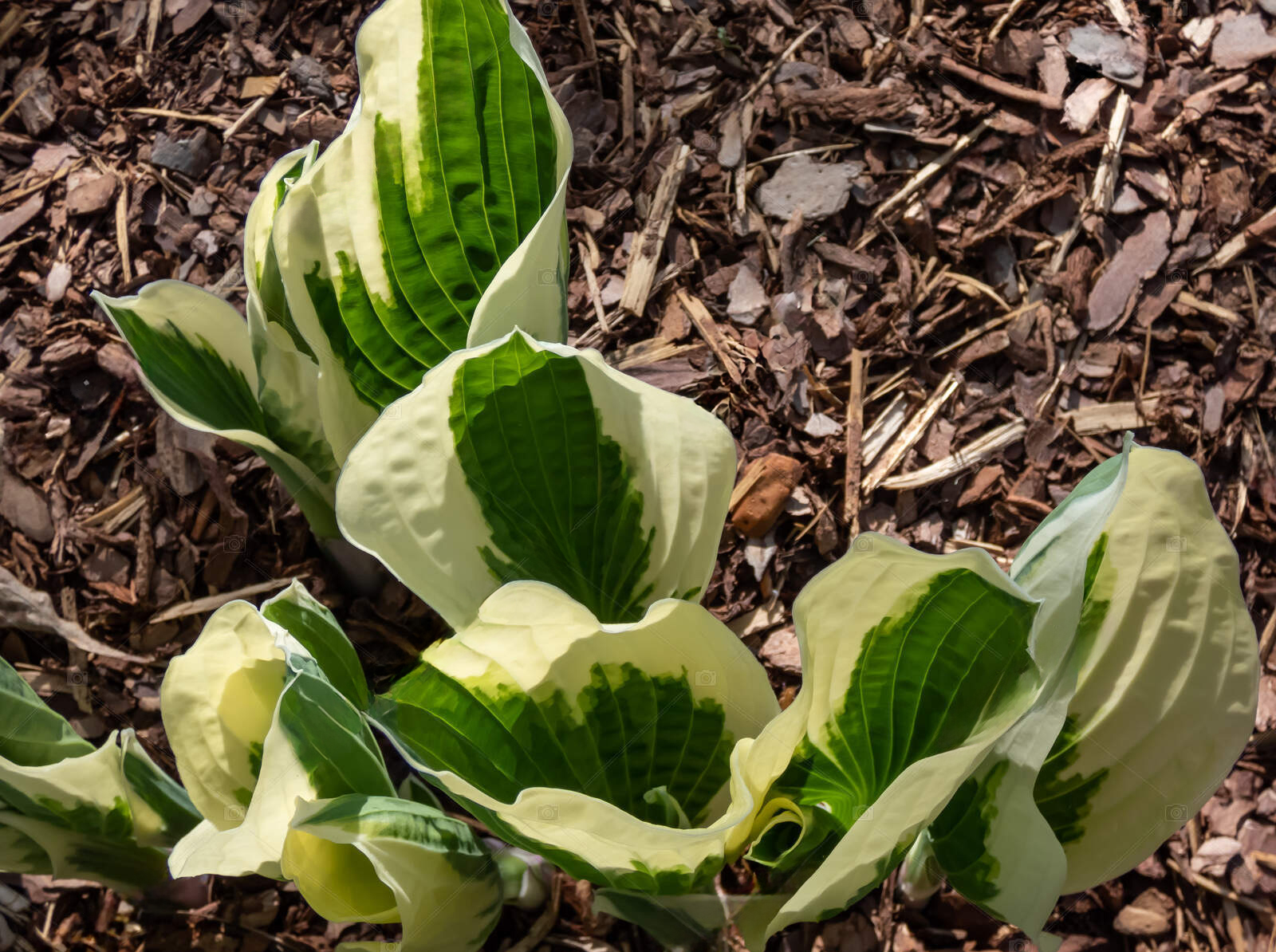
AUTUMN IN ACTION – MUCH TO DO OUTDOORS IN FALL

With falling leaves and season’s change, there are lots of ways to make the most of autumn’s cooler temperatures — ideal conditions for planting — while staging some holiday fun with Deco Beads (we’ll share some ideas!) and preparing for spring.
Start by taking stock of the condition of your lawn and landscape beds, plants, trees, and potted containers. We recommend touring your property and noting areas that could use some attention while there’s still time for seeding, splitting overgrown plants and enhancing beds with fresh perennials.
Landscape professionals can take the same once-over approach by assessing clients’ properties for areas that would benefit from fall seeding, planting, pruning and cleanup.
Meanwhile, greenhouse growers are focused on some pre-winter infrastructural tasks while beginning propagating for spring through cuttings, seeds or by dividing existing plants.
Here’s your JRM Chemical guide to October at home, in the garden and at the greenhouse.
The Right Plants for Fall Planting

While there really isn’t a wrong plant to put in the ground in fall, perennials with faster-establishing root systems will settle in well before soil temperatures drop too low. Some hardy autumn planting selections include coneflowers, hostas, daylilies, goldenrod and spring bloomers like rhododendrons and azaleas. Deciduous shrubs and ornamental grasses also do well, and the grasses offer winter interest once they go dormant and also serve as shelter for wildlife.
Of course, fall is prime time for planting spring bulbs such as tulips, daffodils, crocuses, and hyacinths so beds win a burst of color in the spring.
As garden vegetables like tomatoes, peppers, and cucumber fade, consider replacing them with cool-season vegetables like spinach, kale, lettuce, and radishes that thrive through late fall and will provide a bumper crop for the dinner table.
Regardless of what you plant, check your state’s average first frost date and plan ahead to avoid damaging young plants.
Seed Bare Spots and Damaged Lawn

After a summer of backyard play, there are bound to be some scuffed up spots in your lawn. Also, areas of shaded turf can grow thin, as can spots that might have been damaged by critters like skunks and raccoons
Repair these compromised patches before the first frost so new grass roots will have time to establish and survive winter conditions. Increase germination for faster results with Seed Coat, which works on any type of grass seed, is environmentally friendly and just 8 ounces treats 50 pounds of grass seed.
Split the Bounty

Set up soil for successful transplanting by first amending the bed with beneficial fungi, which colonize roots. Colonization actually extends far into the soil and the fungi serve as extensions of the root system.
How do you incorporate fungi into soil? It is naturally found in undistributed soils along with other beneficial soil organisms, but the reality is, modern-day construction and development degrades soil of these essential elements. Reintroduce them with Mycorrhiza that can be worked into the soil and also contain water-storing polymers to reduce plant stress and serve as a source of water management. Soil Moist Transplant with mycorrhiza, additional nutrients and water-storing polymers will set split plants up for success.
Propagating Success
Greenhouse growers gear up for cuttings propagation in the fall, and the success of growing new roots and stems has a direct impact on profits when spring arrives. Once cuttings are established, greenhouses can incorporate E-Z Root microbial-based rooting compound to improve soil conditions for root growth. The versatile solution can be used as a dip, a soil drench or additive in hydroponic systems.
A Centerpiece that Lights Up the Night
Create a festive fall centerpiece with showy shades of orange roses and orange Deco Beads with an illuminating feature buried within that can be controlled by a remote. This how-to video includes tips for using creative Deco Beads in projects.

Give your Halloween décor a ghoulish vibe with green, glowing spider-topped jars that require just a few materials to create: an LED light, green Deco Beads and some plastic or felt creepy crawlies.
Back to Blog »






